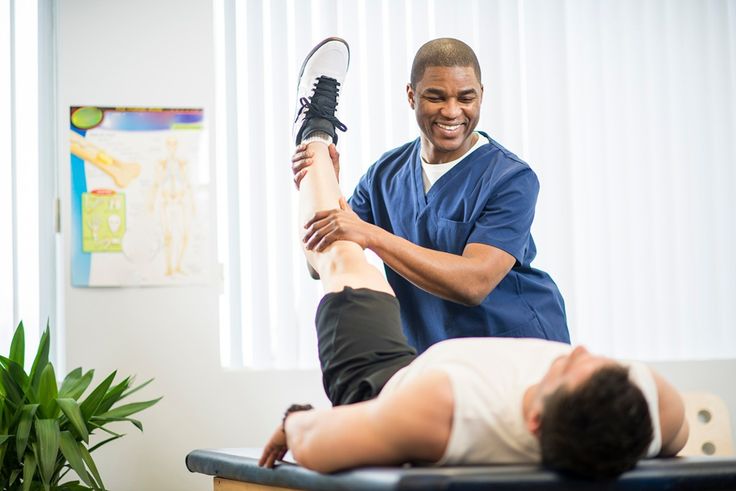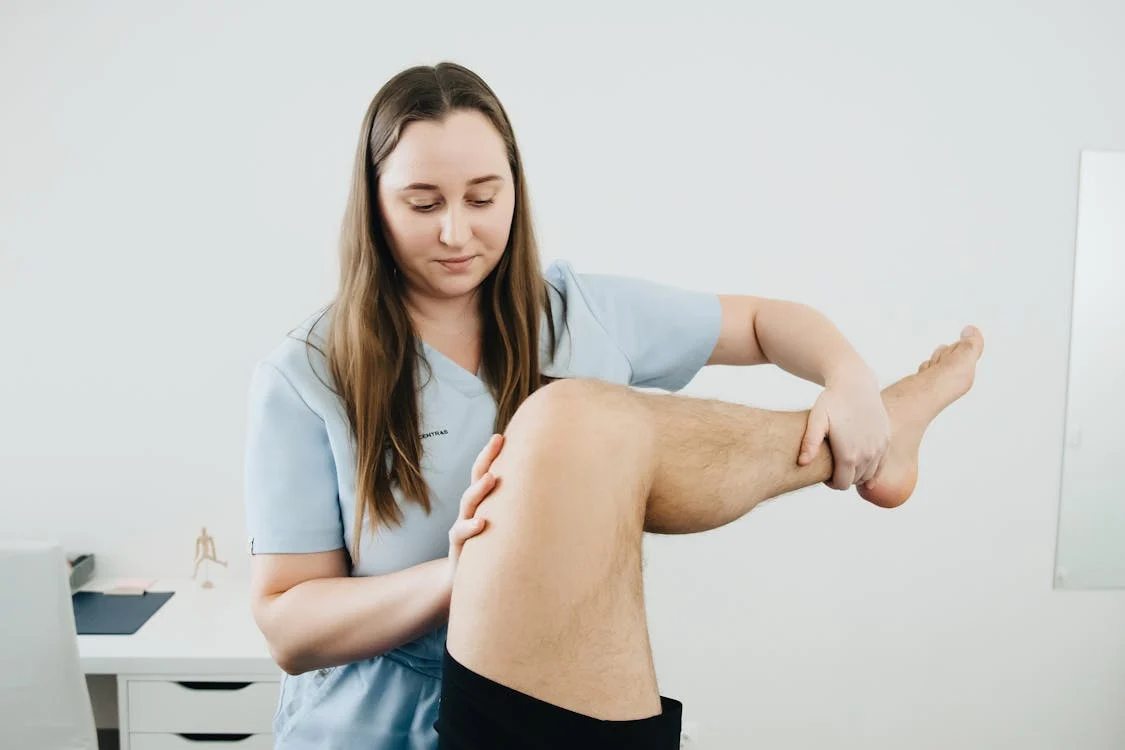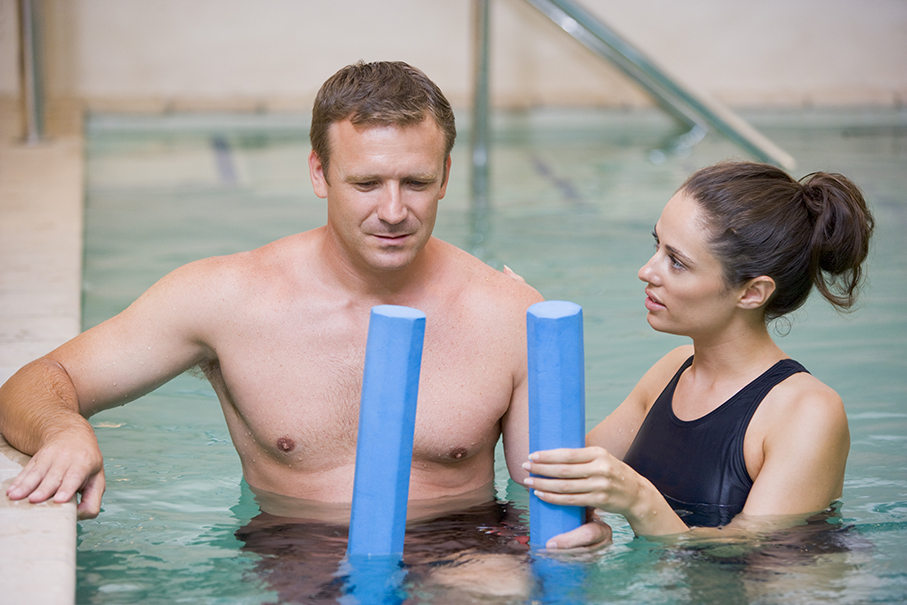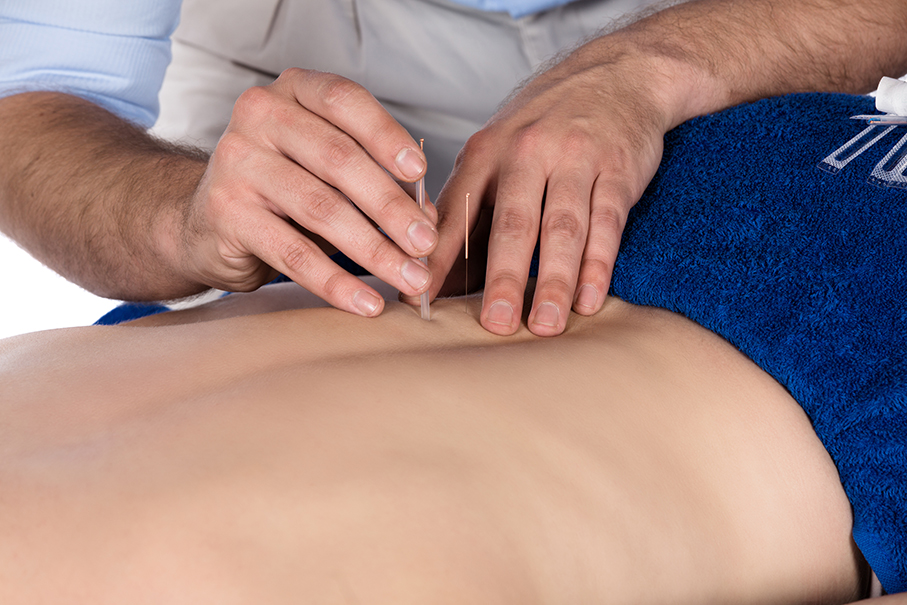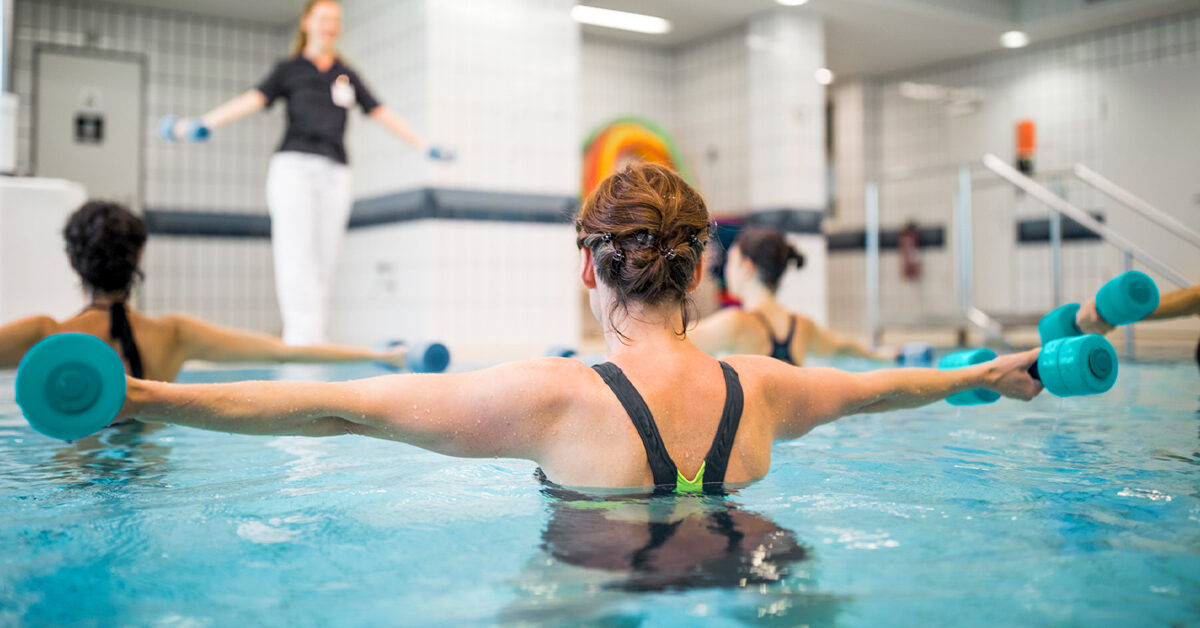Pelvic Floor Physiotherapy: Why It’s Important
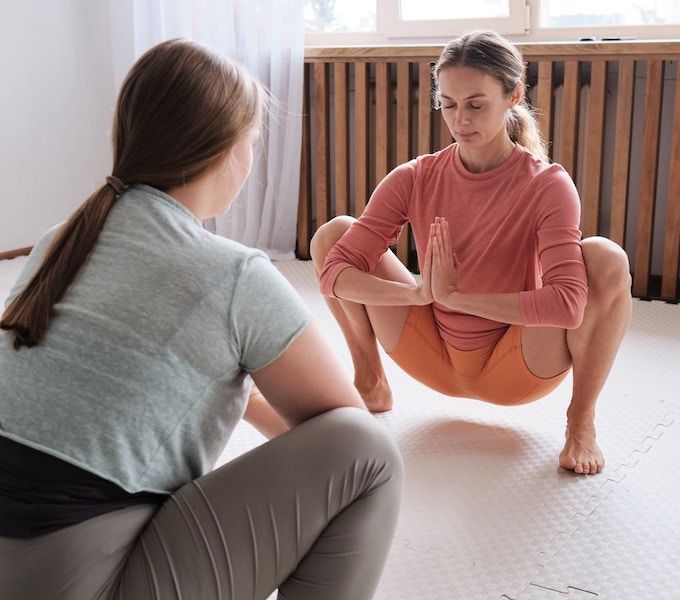
Pelvic floor physiotherapy is a specialised branch of physiotherapy that focuses on strengthening and rehabilitating the muscles of the pelvic region. These muscles are essential for bladder and bowel control, sexual health, and core stability. When the pelvic floor muscles become weak or dysfunctional, they can lead to issues such as incontinence, pelvic pain, and prolapse. In this article, we’ll explore the importance of pelvic floor physiotherapy, its benefits, and how it can enhance overall well-being.
What Is Pelvic Floor Physiotherapy?
Pelvic floor physiotherapy involves assessing and treating the pelvic region’s muscles, ligaments, and connective tissues. A qualified physiotherapist uses manual therapy, targeted exercises, and biofeedback to improve function and relieve symptoms associated with pelvic floor disorders.
This therapy is beneficial for both men and women, particularly those recovering from childbirth or surgery or experiencing age-related changes.
Why Is Important?
The pelvic floor muscles support vital organs, including the bladder, intestines, and uterus in women or the prostate in men. These muscles play a crucial role in:
- Bladder and Bowel Control – This helps to prevent leaks and ensure normal function.
- Sexual Function – Enhancing sensation and reducing discomfort during intercourse.
- Core Stability – Supporting the lower back and improving posture.
- Pregnancy and Postpartum Recovery – Assisting in labour and reducing complications.
When the pelvic floor muscles become weak or overactive, it can result in discomfort, pain, and dysfunction.
Common Pelvic Floor Disorders Treated with Physiotherapy
- Urinary Incontinence – Leaking urine when sneezing, coughing, or exercising.
- Pelvic Organ Prolapse – When pelvic organs descend due to weakened muscles.
- Chronic Pelvic Pain – Discomfort caused by muscle tension or nerve irritation.
- Postpartum Issues – Weakness, diastasis recti, and pelvic pain after childbirth.
- Bowel Dysfunction – Constipation or faecal incontinence caused by muscle dysfunction.
Pelvic floor physiotherapy helps to restore muscle strength, flexibility, and coordination to alleviate these conditions.
Key Benefits
1. Improves Bladder and Bowel Control
Pelvic floor exercises strengthen the muscles that control urination and bowel movements, reducing leakage and urgency issues.
2. Enhances Sexual Health
Stronger pelvic muscles improve sexual sensation and function while reducing discomfort during intercourse.
3. Reduces Pelvic Pain
Manual therapy and relaxation techniques help release muscle tension, alleviating chronic pelvic pain.
4. Speeds Up Postpartum Recovery
Physiotherapy helps new mothers regain muscle strength and recover from childbirth more effectively.
5. Prevents and Manages Prolapse
Strengthening the pelvic floor can help prevent pelvic organ prolapse and reduce symptoms for those already affected.
Techniques
🔹 Kegel Exercises – Contracting and relaxing pelvic muscles to build strength.
🔹 Manual Therapy – Hands-on techniques to release tight muscles and improve mobility.
🔹 Biofeedback Training – Using sensors to track muscle activity and improve coordination.
🔹 Breathing and Relaxation Exercises – These help to reduce muscle tension and stress.
🔹 Postural Correction – Improving alignment to relieve pressure on the pelvic area.
A physiotherapist will create a personalised treatment plan based on individual needs.
Who Can Benefit?
Pelvic floor therapy is suitable for:
✔️ Women during pregnancy and postpartum recovery.
✔️ Men recovering from prostate surgery.
✔️ Individuals experiencing incontinence or prolapse.
✔️ Athletes prone to core instability or pelvic injuries.
✔️ Anyone suffering from chronic pelvic pain.
If you are experiencing any of these issues, a physiotherapist can help you regain strength and confidence.
How to Get Started with Pelvic Floor Physiotherapy
Step 1: Book an Assessment
A physiotherapist will assess muscle strength, coordination, and symptoms to create a personalised plan.
Step 2: Begin a Tailored Exercise Programme
Your therapist will guide you through specific exercises and treatments suited to your condition.
Step 3: Attend Regular Sessions for Optimal Results
Consistent therapy ensures progress and long-term benefits.
FAQs
1. How long does it take to see results?
Most individuals notice improvements within a few weeks of consistent therapy.
2. Is pelvic floor physiotherapy only for women?
No! Men can also benefit, especially for issues like post-prostate surgery recovery and chronic pain.
3. Can I do pelvic floor exercises at home?
Yes, but working with a physiotherapist ensures proper technique and faster results.
4. Does pelvic floor therapy hurt?
Most treatments are gentle, and your therapist will adjust the approach based on your comfort levels.
5. When should I seek pelvic floor therapy?
If you experience incontinence, pain, or weakness, it is best to seek treatment early to prevent worsening symptoms.
Take Control of Your Pelvic Health Today!
Pelvic floor physiotherapy is a proven method for improving bladder control, sexual function, and core stability. Whether you are recovering from childbirth, surgery or dealing with discomfort, a personalised physiotherapy plan can make a significant difference to your well-being.
Book a consultation with a pelvic floor physiotherapist today and take the first step towards a healthier, stronger pelvic floor! Siotherapy: Why It’s Important

